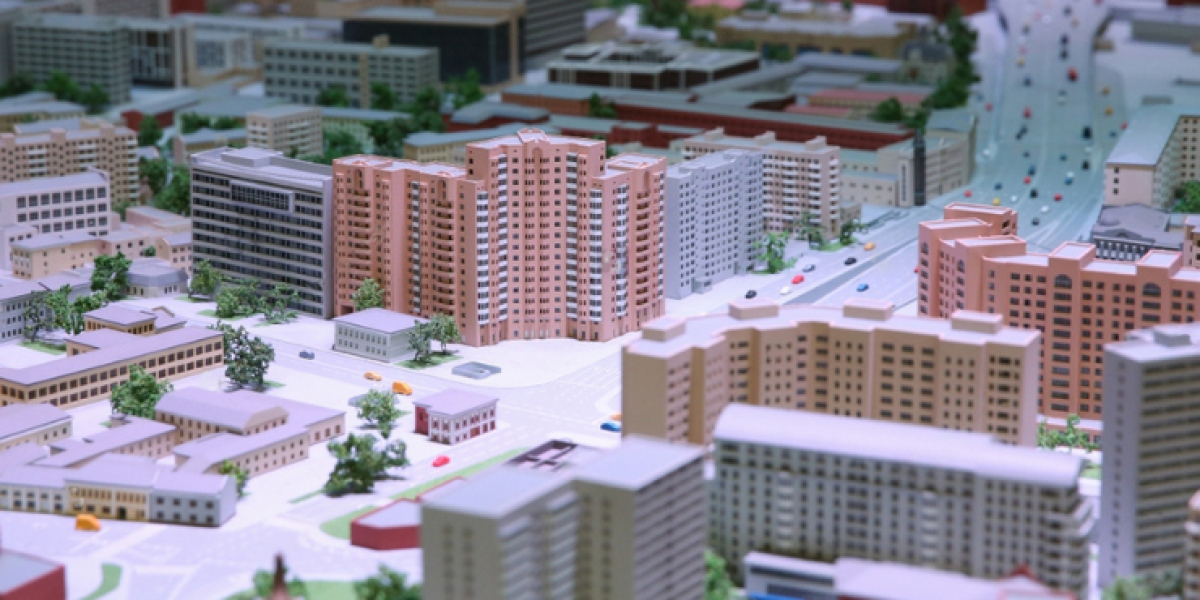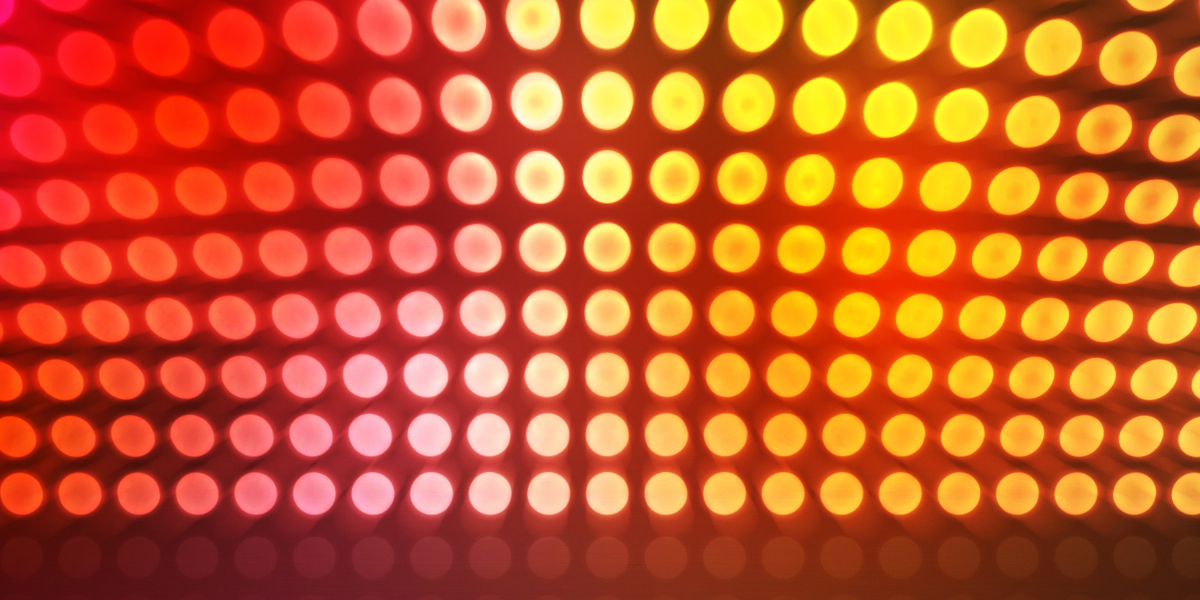Preserving traditional Emirati architecture is essential to maintaining the cultural identity of the UAE. In Dubai, historic model making has emerged as a powerful technique to showcase and safeguard architectural heritage.
These models serve as visual documentation and educational tools that keep the essence of the past alive. They replicate the details of old structures such as wind towers, coral stone houses, mosques, souks, and forts that once defined the city's landscape. Through skilled craftsmanship and digital tools, model makers in Dubai play a key role in protecting and presenting these traditional elements.
Understanding Traditional Emirati Architecture
Traditional Emirati architecture is deeply influenced by the desert climate, lifestyle, and available materials. Buildings were typically made from coral stones, palm fronds, gypsum, and mud. Wind towers, or barajeel, were a standout feature used for natural cooling.
Courtyards provided privacy and ventilation. Arches, mashrabiya screens, and domes added functionality and beauty. These elements are now rare in Dubai’s skyline, making their preservation through models even more important.
Role of Model Making in Architectural Preservation
Model making Dubai offers a precise and tangible way to preserve old architecture. It involves constructing scaled replicas of historical buildings with attention to material, texture, and proportion. In Dubai, model making workshops recreate entire neighborhoods, forts, and waterfronts as they looked decades ago. These models help document structures that no longer exist or are at risk due to urban development.
Historical Research and Documentation
The process begins with deep historical research. Model makers consult archives, photographs, old maps, and oral histories. In some cases, they collaborate with archaeologists and historians. This data ensures accuracy and context. It helps the model makers understand how buildings were constructed, how they functioned, and what materials were used. This research stage is essential to reflect the authenticity of traditional Emirati architecture in model form.
Materials and Craftsmanship in Model Making
Traditional materials like coral stone and gypsum cannot always be used in miniature forms. So, model makers in Dubai use modern equivalents that replicate the look and feel. Resin, foam, wood, and 3D printed parts are often combined to simulate palm trunks, thatched roofs, and carved doors. Skilled hands then sculpt and paint each element to bring the model to life. Texture is important to mirror the roughness of old surfaces or the smoothness of plastered walls.
Wind Towers and Courtyard Homes
A key feature that historic model making Dubai studios often focus on is the wind tower. These towers allowed cool air to circulate into the homes during the hot season. In model form, they are carefully crafted with latticework and narrow openings. Courtyard homes are also recreated with shaded interiors, internal gardens, and family living spaces. These help modern audiences visualize how privacy and ventilation were achieved in traditional homes.
Integration of Digital Tools
Modern technologies enhance traditional techniques. 3D scanning and modeling are used to speed up the creation process. Some studios use laser cutters to precisely shape parts of the structure. Digital files allow exact replication and can be modified for restoration or education. Augmented reality is sometimes used to allow viewers to explore the model digitally. These tools help bridge the gap between the past and the future.
Educational and Museum Applications
Historic architectural models are widely used in museums across Dubai and the UAE. They serve as educational displays for students, tourists, and researchers. By showcasing scaled versions of ancient structures, museums can explain construction techniques, community life, and urban planning of earlier times. These models are also used in school programs to teach heritage topics in a visual and engaging way. Some even feature interactive elements, where lights or sounds are used to simulate daily life.
Preservation of Lost and Vanishing Sites
Not all traditional buildings have survived. Some were lost to development, erosion, or neglect. Historic model making helps to preserve their memory. Through detailed reconstructions, model makers rebuild souks, homes, mosques, and watchtowers that no longer stand. These replicas often become the only physical reminder of what once existed. In this way, model making becomes a form of architectural rescue.
Supporting Urban Conservation Projects
Dubai’s urban planners and conservationists use these models for reference in heritage revival projects. Before renovating old areas like Al Fahidi or Deira, models are used to visualize layouts and test materials. They help decision-makers understand the visual impact of proposed changes. In some projects, historic models are included in public exhibitions to raise awareness and gain community support for preservation efforts.
Reviving Cultural Identity
By preserving architectural details and styles, these models support the revival of cultural identity. They remind residents and visitors of the city’s origins. In a fast-developing environment like Dubai, such reminders are essential. They reconnect people with their roots and inspire future architects to integrate traditional elements into modern designs.
Conclusion
Historic model making in Dubai is more than a technical craft. It is a bridge between the past and present. Through accurate replicas of traditional Emirati architecture, model makers keep cultural memory alive. These models serve educational, archival, and urban planning purposes. They honor the heritage of a city that is constantly evolving. In a modern metropolis like Dubai, they offer a rare and valuable glimpse into its humble beginnings.

















